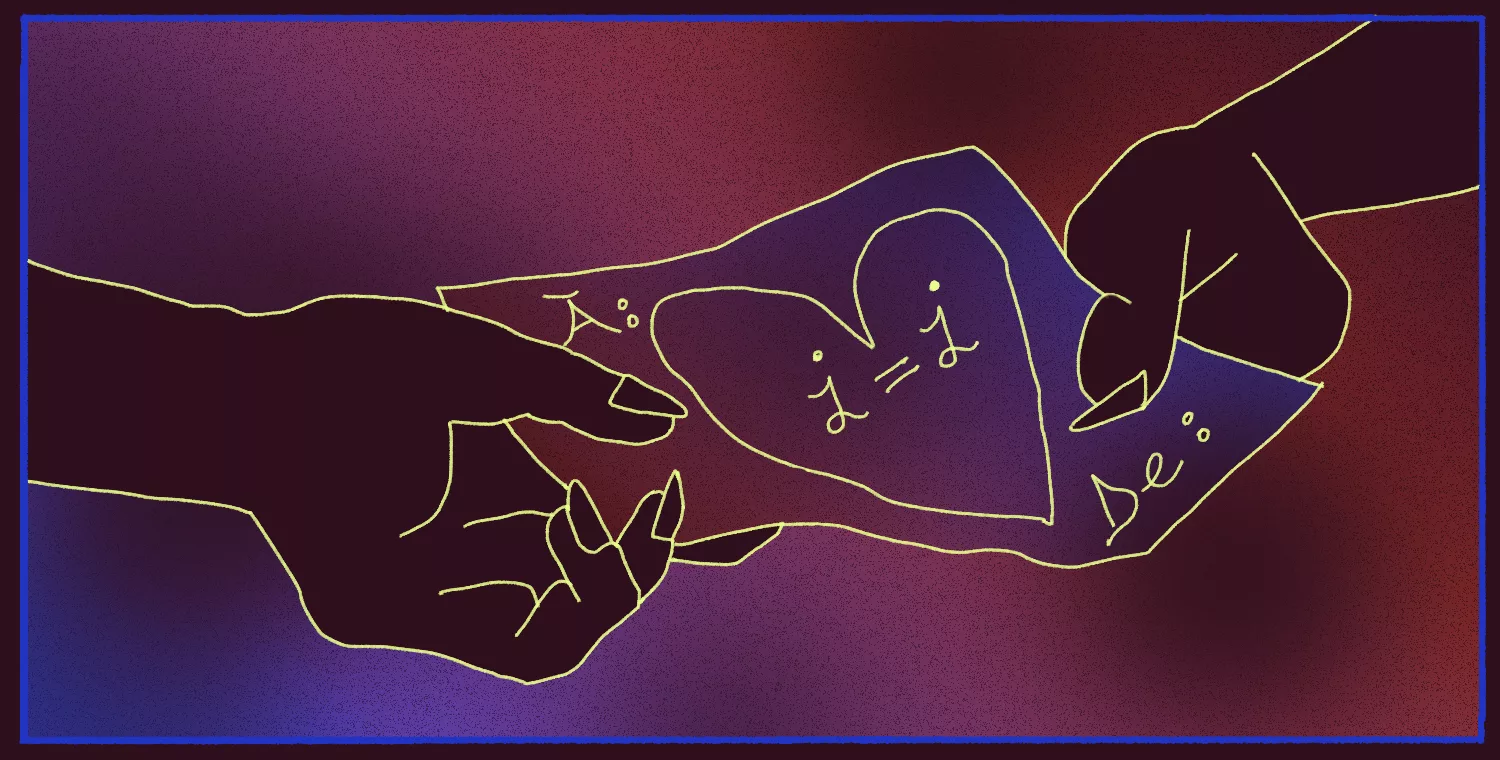Your cart is currently empty!

I Tried Out an HIV Self-Testing Kit #LovedIt

This article is presented by CATIE.
If there’s one good thing that came out of the pandemic, other than bringing QR codes back from limbo, it’s the promotion and normalizing of self-testing.
The whole world now has years of experience with Q-tips inserted into the backs of noses and droplets placed on colour-changing strips to obtain results.
The idea was for people to reclaim their own viral statuses.
In November 2020, the Government of Canada authorized yet another type of self-test: one for HIV. Available in several countries for several years now, this test lets you take a drop of your own blood, perform the actual test, and interpret the results.
Like all self-tests, it increases the total number of tests performed and is a super effective way of reaching people who don’t get tested as often as is recommended. In short, it makes screening much more accessible!
I tried this HIV self-test and found the experience to be bloody simple. Below, I tell you how it went… all the way to the last drop.
Ordering the kit
To get the free HIV self-testing kit, I went on CATIE’s website, Canada’s source for HIV and hepatitis C information. It’s an extremely important organization that has been spreading its mission to the four winds since 1990.
The rest was literally the equivalent of online shopping, minus the part with the credit card: #free. First, you enter your name and address. Then, the test is shipped. Finally, approximately seven to ten business days later, it ends up in your mailbox.
CATIE sends you two or four kits, depending on your preference. You want to have enough tests to be absolutely certain of your test results, in case Fluffy jumps on the test vials (oops!), or to give one to a friend or partner.
In order to obtain a valid test result, it’s important to make sure that you are beyond the HIV infection window period before performing the test. The window period is the time it can take for the virus to become detectable via antibodies. Typically, you have to wait between three and twelve weeks following a potential exposure to the virus. In about half of the population, antibodies are detectable after 22 days.
Each self-testing kit includes a testing device, three small vials (I’ll explain their use in two seconds), a band-aid, a sterile single-use lancet (to draw blood), and a super complete, illustrated instruction manual to guide you through the testing procedure and help you interpret your test results.
Not a fan of paper? Rex decided to snack on the instructions? No problem! The instructions are also available online.
Alright! Time to draw some blood.
Collecting a drop of blood
Sampling a drop of your own blood can be pretty scary. I love needles as much as Dracula loves biting into garlic bread under the midday sun. That being said, the small sterile lancet provided in the kit makes everything super simple and painless. Cross my heart!
Just massage the fingertip of your choice to foster circulation, then press the lancet on the lucky fingertip (for me, that’s the index finger) to activate the needle, and presto! Blood appears. Place your finger above the first vial intended for this purpose and collect the precious red drop. A small band-aid is even included in the kit. I found this to be a sweet and thoughtful gesture.
Shake the bottle four times and pour the reddish liquid onto the square testing device. Then, shake the second and third vials, which are already filled with liquid, and pour them onto the device. These liquids will react when they come into contact with the blood sample.
As the mixture of substances reacts, the strip in the centre begins to change colour. The test result appears almost instantly.
Let me just pause here for a second to emphasize that receiving a positive HIV test result can be an extremely scary, upsetting, even dizzying experience. It’s so valid and understandable to feel that way. Several organizations offer support to HIV-positive people, whether it’s to help them access information or enable them to take advantage of free partner-notifying services.
Know that it is now possible to live a full life with HIV thanks to tritherapy, which makes the virus undetectable and untransmittable. Also, living with HIV does not mean that your sex or love life is over.
Above all, your test result does not define you as a person.
Interpreting your test results
You remember the apprehension you felt while waiting and watching your COVID test sloooooowly change colour? Well, in this case, the test result is almost immediate.
If only one dot appears (the control dot on top), the test result is negative. However, if two dots appear, both the control dot and the test dot, the result is positive.
Important: when someone gets a positive HIV self-test result, it means that they are most probably HIV-positive, but this will have to be confirmed with a laboratory test. The person will have to consult a healthcare professional in order to take a confirmation test.
Generally speaking, if the lab test is performed correctly, the degree of accuracy is very high: over 99.0% accurate.
I’m done with my test and I throw away the kit, feeling lucky and privileged to have such easy access to this free resource.
It is with a heart full of gratitude that I draw a little smiley face on my band-aid. 🙂
What a coincidence…
…it goes perfectly with the smile on my face.






